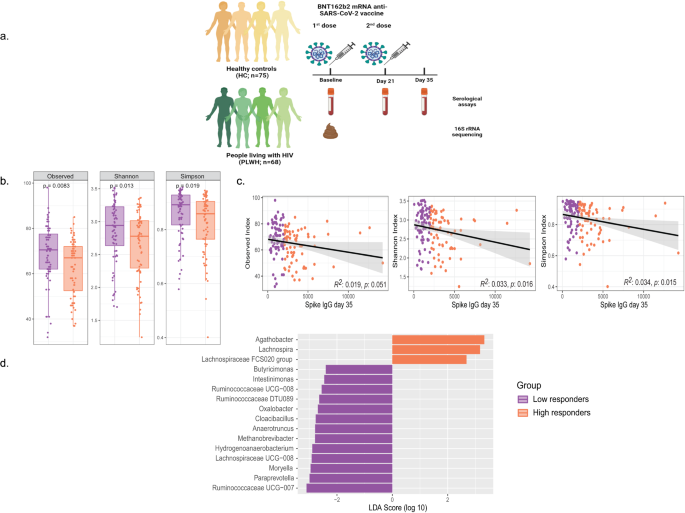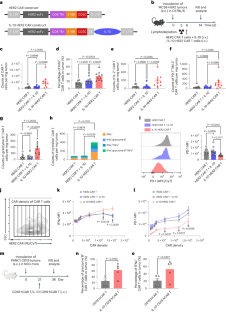2024-01-04 チャルマース工科大学
◆研究者は、これにより40%の重傷患者が直接大学病院に搬送されず、逆に45%の軽傷患者が大学病院に不必要に搬送されたことを指摘し、AIを使った客観的な意思決定サポートが救急医療において有益である可能性を示唆しています。しかし、実用化には情報の迅速な入力方法や大規模な臨床試験が必要とされています。
<関連情報>
- https://news.cision.com/chalmers/r/more-lives-can-be-saved-if-ambulance-staff-receive-ai-support,c3896447
- https://bmcmedinformdecismak.biomedcentral.com/articles/10.1186/s12911-023-02290-5
スウェーデンの外傷登録を使って開発された外傷の現場傷害重症度予測(OSISP)モデル On Scene Injury Severity Prediction (OSISP) model for trauma developed using the Swedish Trauma Registry
Anna Bakidou,Eva-Corina Caragounis,Magnus Andersson Hagiwara,Anders Jonsson,Bengt Arne Sjöqvist & Stefan Candefjord
BMC Medical Informatics and Decision Making Published:09 October 2023
DOI:https://doi.org/10.1186/s12911-023-02290-5

Abstract
Background
Providing optimal care for trauma, the leading cause of death for young adults, remains a challenge e.g., due to field triage limitations in assessing a patient’s condition and deciding on transport destination. Data-driven On Scene Injury Severity Prediction (OSISP) models for motor vehicle crashes have shown potential for providing real-time decision support. The objective of this study is therefore to evaluate if an Artificial Intelligence (AI) based clinical decision support system can identify severely injured trauma patients in the prehospital setting.
Methods
The Swedish Trauma Registry was used to train and validate five models – Logistic Regression, Random Forest, XGBoost, Support Vector Machine and Artificial Neural Network – in a stratified 10-fold cross validation setting and hold-out analysis. The models performed binary classification of the New Injury Severity Score and were evaluated using accuracy metrics, area under the receiver operating characteristic curve (AUC) and Precision-Recall curve (AUCPR), and under- and overtriage rates.
Results
There were 75,602 registrations between 2013–2020 and 47,357 (62.6%) remained after eligibility criteria were applied. Models were based on 21 predictors, including injury location. From the clinical outcome, about 40% of patients were undertriaged and 46% were overtriaged. Models demonstrated potential for improved triaging and yielded AUC between 0.80–0.89 and AUCPR between 0.43–0.62.
Conclusions
AI based OSISP models have potential to provide support during assessment of injury severity. The findings may be used for developing tools to complement field triage protocols, with potential to improve prehospital trauma care and thereby reduce morbidity and mortality for a large patient population.


